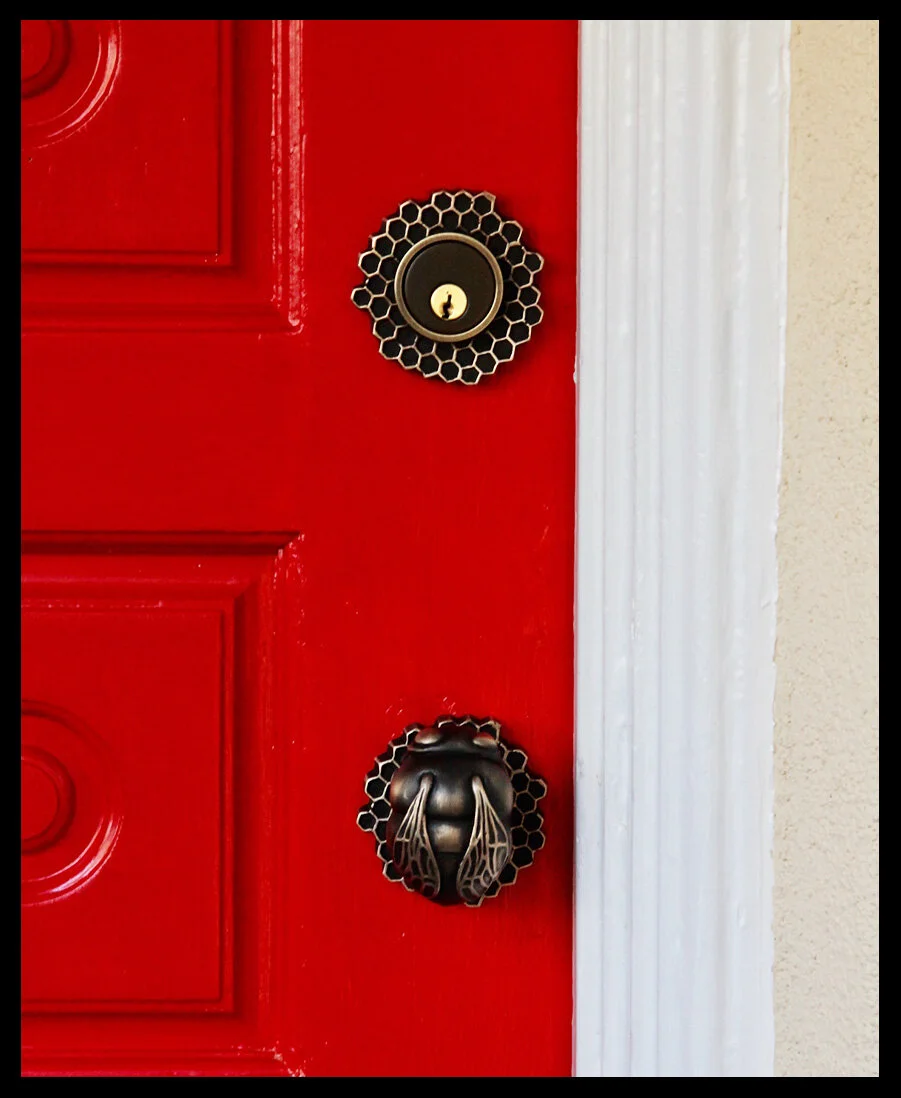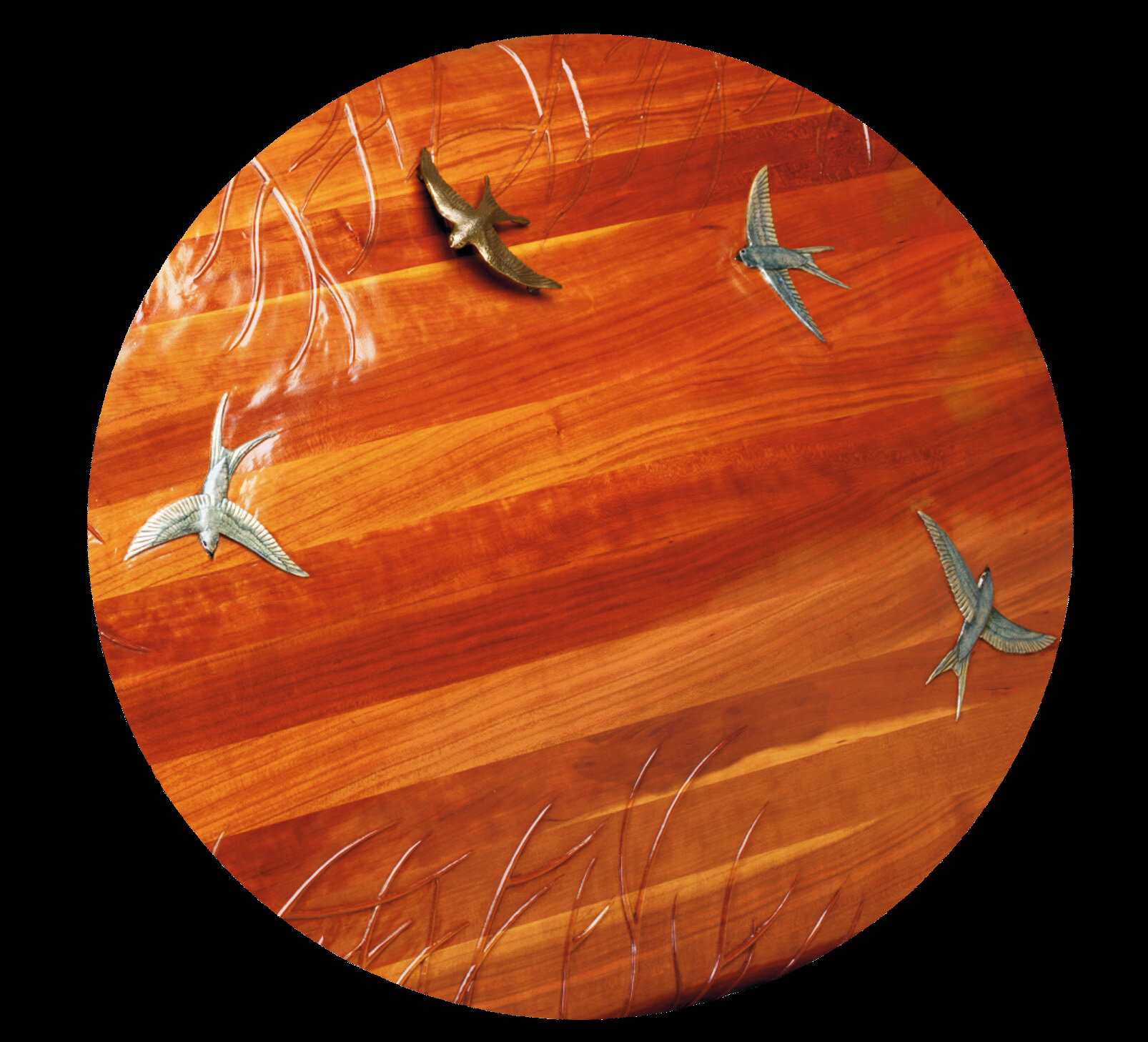During the Covid lock down and after weeks of cooking and reading many turned their energies to drawing designs on their mobile devices and in their sketch pads.
This explains why there has been a flood of emails from consumers and the occasional designer who have an idea for a custom door handle they would like made. In the next few posts, I will be tackling the progressive stages involved from taking a design idea to creating a functional door handle or door pull. These 2 types of hardware are not synonymous as a door handle needs to be designed and engineered so that the knob or lever parts can turn and latch whereas a door pull has no moving parts.
So, let’s begin with the design process and see what needs to be considered.
One design still on the drawing board
Martin Pierce is constantly drawing ideas for door pulls and these typically start with a doodle or sketch done old style with a pencil and sketch book. Many of you will be equally skilled using your mobile device to create a digital drawing and we can consider these provided they are either pdf or jpegs. Regardless of medium the sketch will only be useful if it includes a profile or side view that shows the shape and curvature of the piece and whether it is suitable to work as a grip or pull for your hand (see the palm tree design above) . If you can’t visualize and accurately draw the profile, then it is time for you to re-think your hobbies. However, if you think your design does have potential then please make sure to copyright it even if this is the home version of mailing yourself a copy noting the date and with your signature.
For the ambitious who set out to design a handle they must also design the rose or back-plate. If the handle is to be fixed, then the task is easier as the rose/plate simply must be wide enough to be fastened to the door with screws that will attach both the rose and the knob or lever that will be welded to it. The back-plate and knob/lever are separate castings, and I will explain in a subsequent post why they cannot be created as one casting as well as what additional design drawings are required for a functional door set.
The scale and dimensions of your handle need to be added to your design including the depth for your profile. The depth or thickness of your design will have a direct impact on the weight of the cast handle. The heavier the piece the higher the cost as more bronze or stainless steel will be used in casting.














































